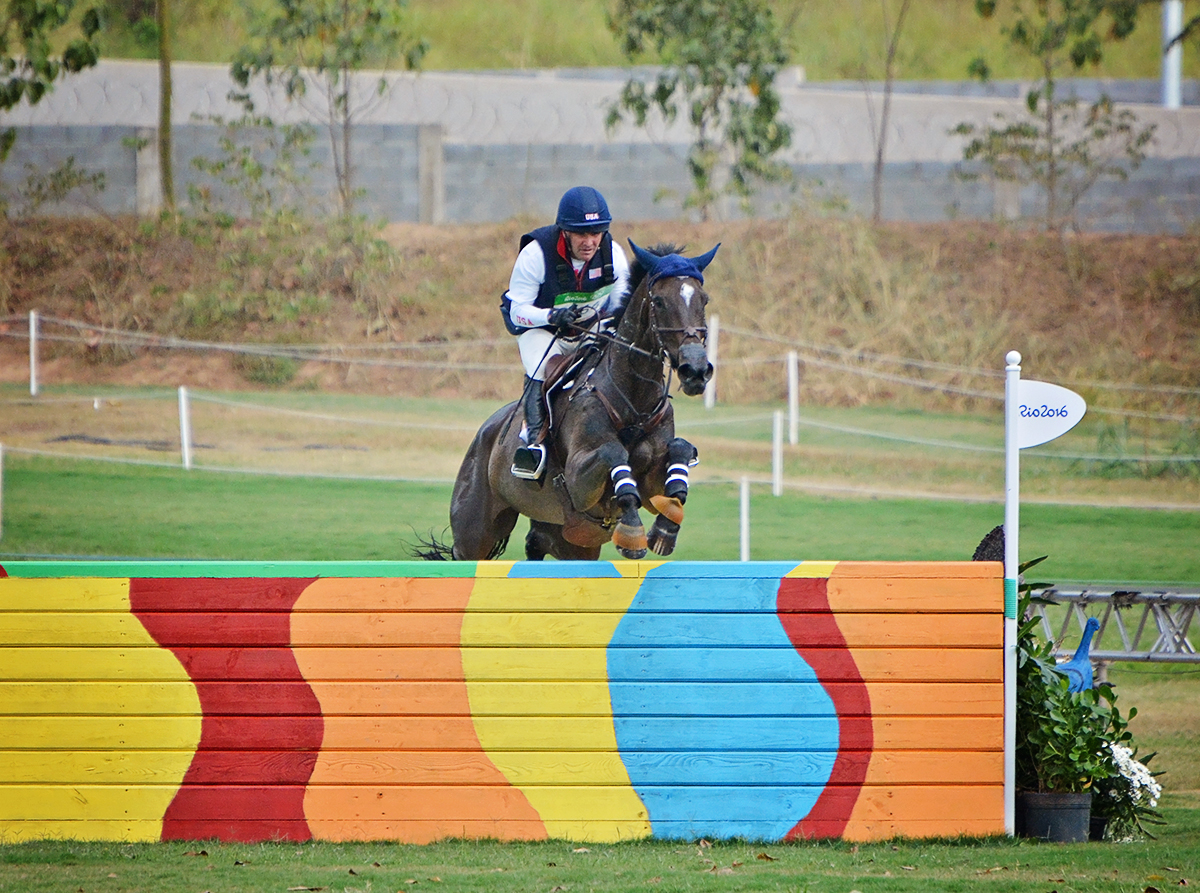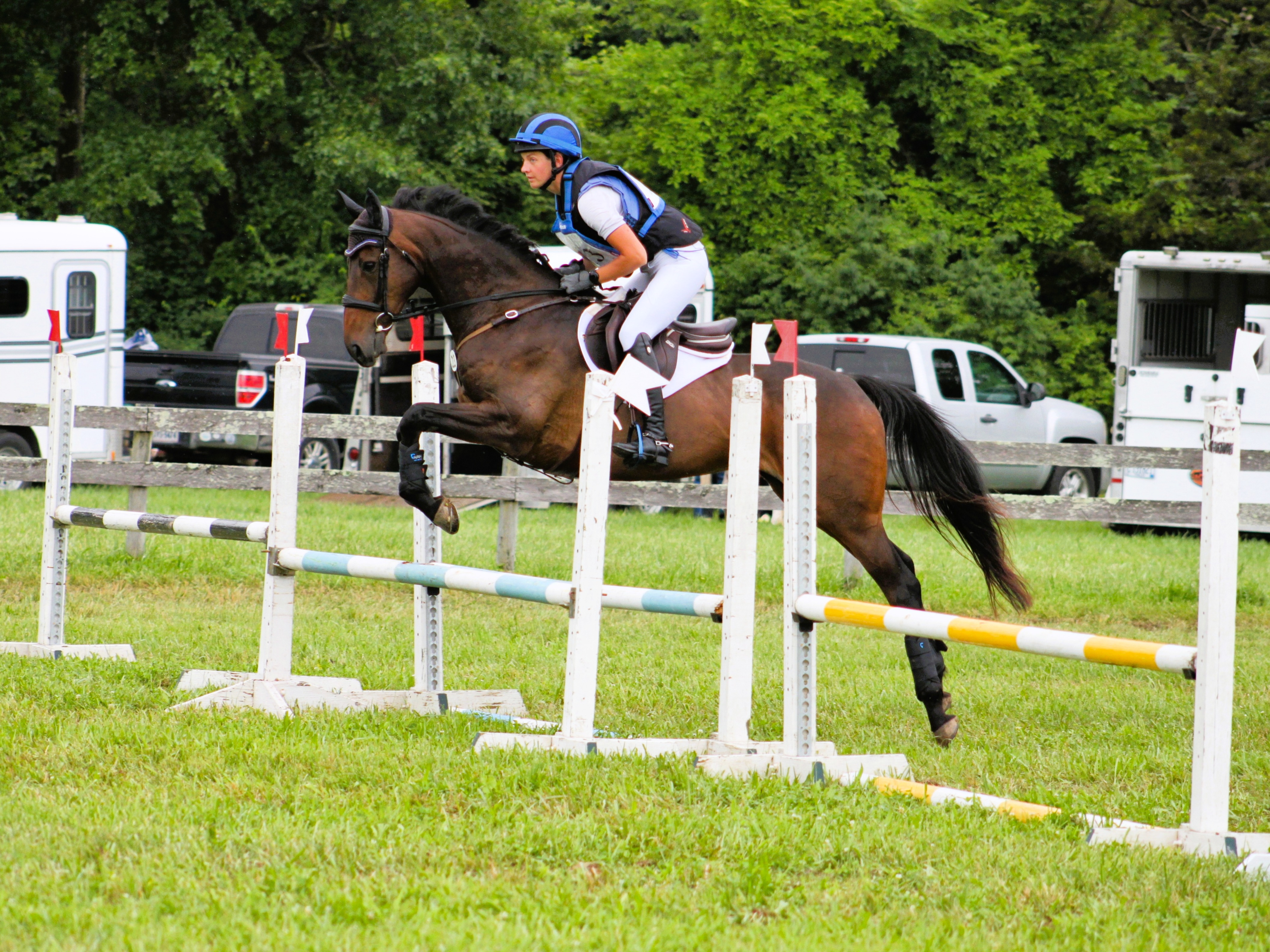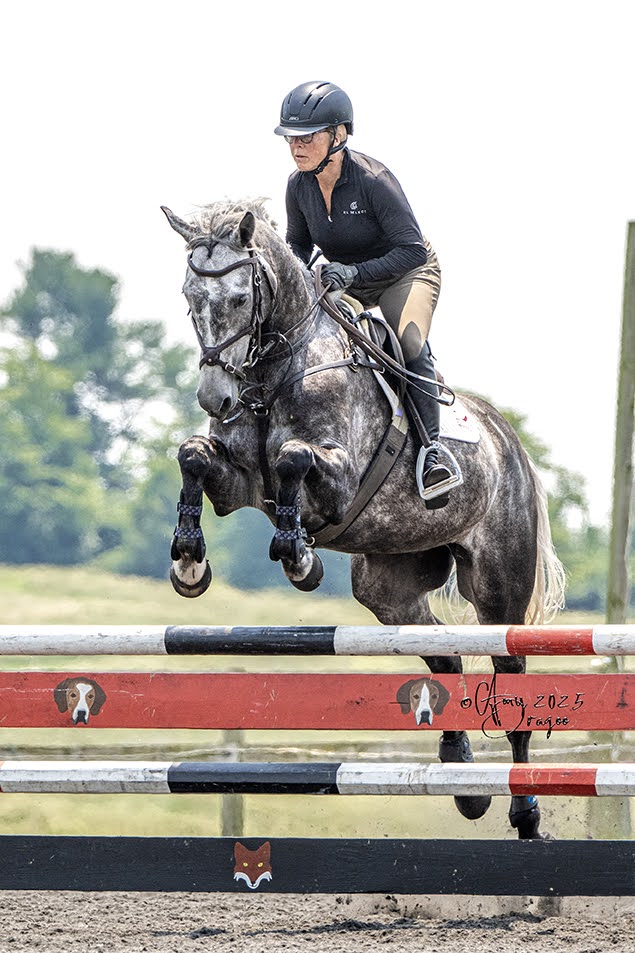
The United States Equestrian Federation has announced the mid-year updated high performance training lists for eventing. Reasons why athletes and horses may be added or removed from lists, according to the USEF:
The Performance Director may remove an athlete from the Elite and Pre-Elite programs in consultation with the Performance Advisory Team if the athlete fails to meet program criteria. Athletes/horses with a long-term injury will be removed from the Training List in consultation with the Performance Advisory Team, Team Veterinarian and/or Team Physician. Training opportunities may be limited for combinations with short-term injuries. Inclusion or exclusion on a Training List does not imply or preclude an athlete from selection for a Games and Championships. The lists will be reviewed in November 2021.
. The lists are virtually identical to those released in November 2020 with the following changes:
- Boyd Martin and On Cue were added to the Pre-Elite list.
- Tamie Smith and Mai Baum were added to the Pre-Elite list.
- Erin Sylvester and Paddy The Caddy were removed from the Pre-Elite list.
The updated lists:
Elite Training List
The Elite Program supports athlete and horse combinations who demonstrate the ability to contribute to medal-winning potential at the world championship level, with targets measured against world-leading performances and aiming to compete at the next Olympics or world championship.
The following combinations have been named to the Elite Training List (in alphabetical order):
Phillip Dutton (West Grove, Pennsylvania) and Z, a 12-year-old Zangersheide gelding owned by Ann Jones, Caroline Moran, Suzanne Lacy, Simon Roosevelt and Tom Tierney
Liz Halliday-Sharp (Lexington, Kentucky) and Deniro Z, a 12-year-old Dutch Warmblood gelding owned by Ocala Horse Properties and The Deniro Syndicate
Boyd Martin (Cochranville, Pennsylvania) and Tsetserleg TSF, a 13-year-old Trakehner gelding owned by Christine Turner
Doug Payne (Rougemont, North Carolina) and Vandiver, a 16-year-old Trakehner gelding owned by Debi Crowley
2021 Pre-Elite Training List
The Pre-Elite Program aims to identify and support athlete and horse combinations with the perceived potential to meet Elite status within the next two to four years, with the target of competing on a championship team in the next four years.
The following combinations have been named to the Pre-Elite Training List (in alphabetical order):
Woods Baughman (Lexington, Kentucky) and his own C’est la Vie 135, a 12-year-old Hanoverian gelding
Jennie Brannigan (West Grove, Pennsylvania) and Stella Artois, a 12-year-old Holsteiner-Thoroughbred mare owned by the Stella Artois Syndicate, and FE Lifestyle, a 10-year-old warmblood gelding owned by Nina and Tim Gardner
Will Coleman (Gordonsville, Virginia) and Off The Record, an 11-year-old Irish Sport Horse gelding owned by the Off The Record Syndicate and Don Dante, a 10-year-old Irish Sport Horse gelding owned by Team Rebecca, LLC
Sydney Elliott (Bossier City, Louisiana) and QC Diamantaire, a 10-year-old Oldenburg gelding owned by Carol Stephens
Will Faudree (Southern Pines, North Carolina) and Mama’s Magic Way, a 9-year-old Hanoverian gelding owned by Jennifer Mosing and Sterling Silver Stables
Ariel Grald (Southern Pines, North Carolina) and Leamore Master Plan, an 11-year-old Irish Sport Horse gelding owned by Anne Eldridge
Boyd Martin (Cochranville, Pennsylvania) with Luke 140, a 9-year-old Holsteiner gelding owned by the Luke 140 Syndicate, and On Cue, a 15-year-old Anglo-European mare owned by Christine Turner, Boyd Martin, Thomas Turner and Tommie Turner
Doug Payne (Rougemont, North Carolina) and Quantum Leap, a 9-year-old RPSI gelding owned by Doug & Jessica Payne
Tamie Smith (Murrieta, California) and Mai Baum, a 15-year-old German Sport Horse gelding owned by Alexandra Ahearn, Ellen Ahearn and Eric Markell
Lynn Symansky (Middleburg, Virginia) and RF Cool Play, a 12-year-old German Sport Horse gelding owned by The Donner Syndicate, LLC
2021 Development Training List
The Development Program, led by USEF Development and Emerging Athlete Coach Leslie Law, aims to support athletes with the perceived talent and ability to reach Elite status in the next four to eight years by focusing on developing the skills needed to progress on the pathway.
The following athletes have been named to the Development Training List (in alphabetical order):
Maya Black (Clinton, Washington)
Rebecca Brown (Seagoville, Texas)
Daniel Clasing (Lovettsville, Virginia)
Zoe Crawford (Boston, Florida)
Jacob Fletcher (North Little Rock, Arkansas)
Caroline Martin (Miami Beach, Florida)
Andrew McConnon (Vass, North Carolina)
Sara Mittleider (Kuna, Idaho)
Mike Pendleton (Waynesboro, Virginia)
Caitlin Silliman (Cochranville, Pennsylvania)


































